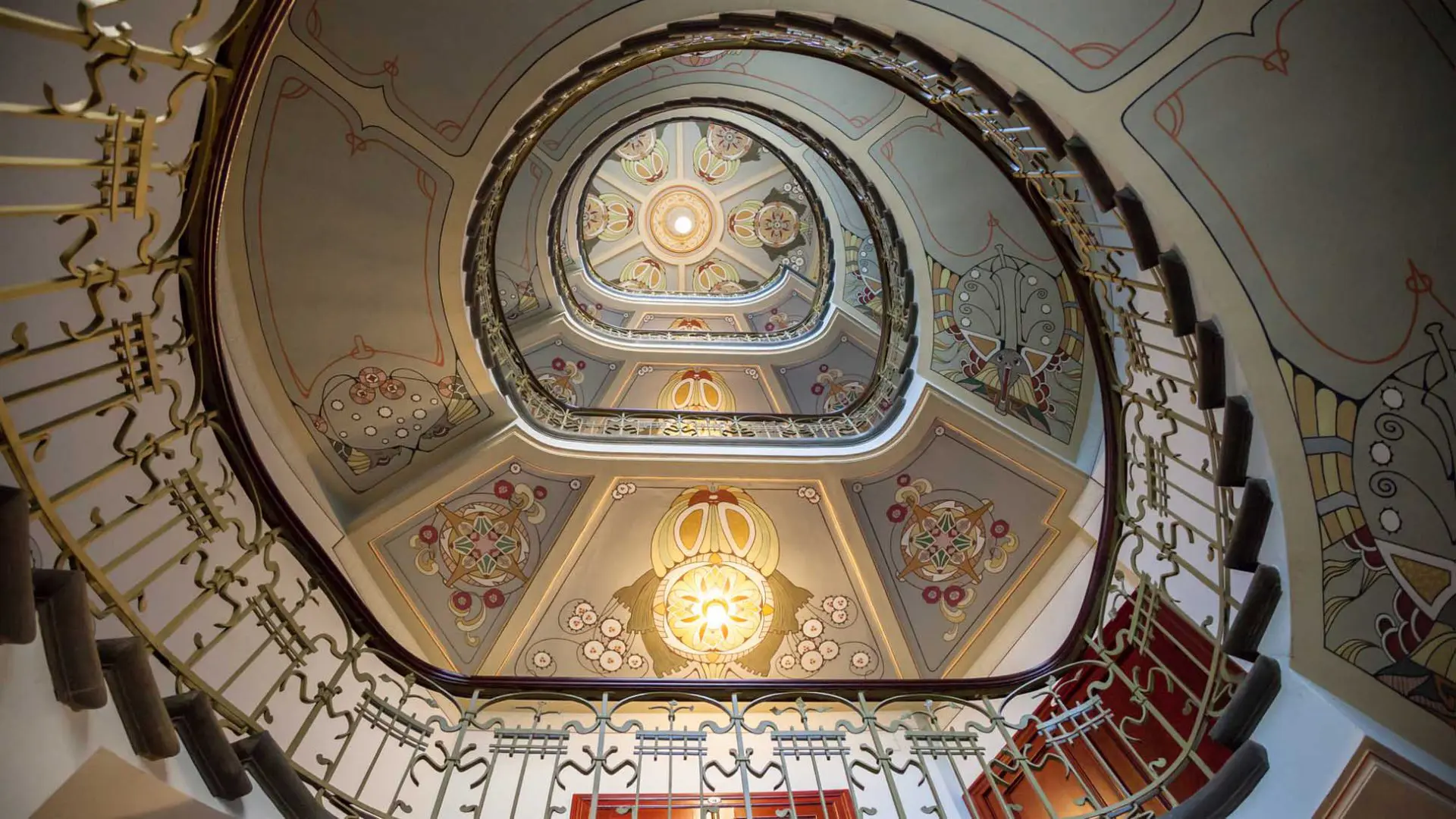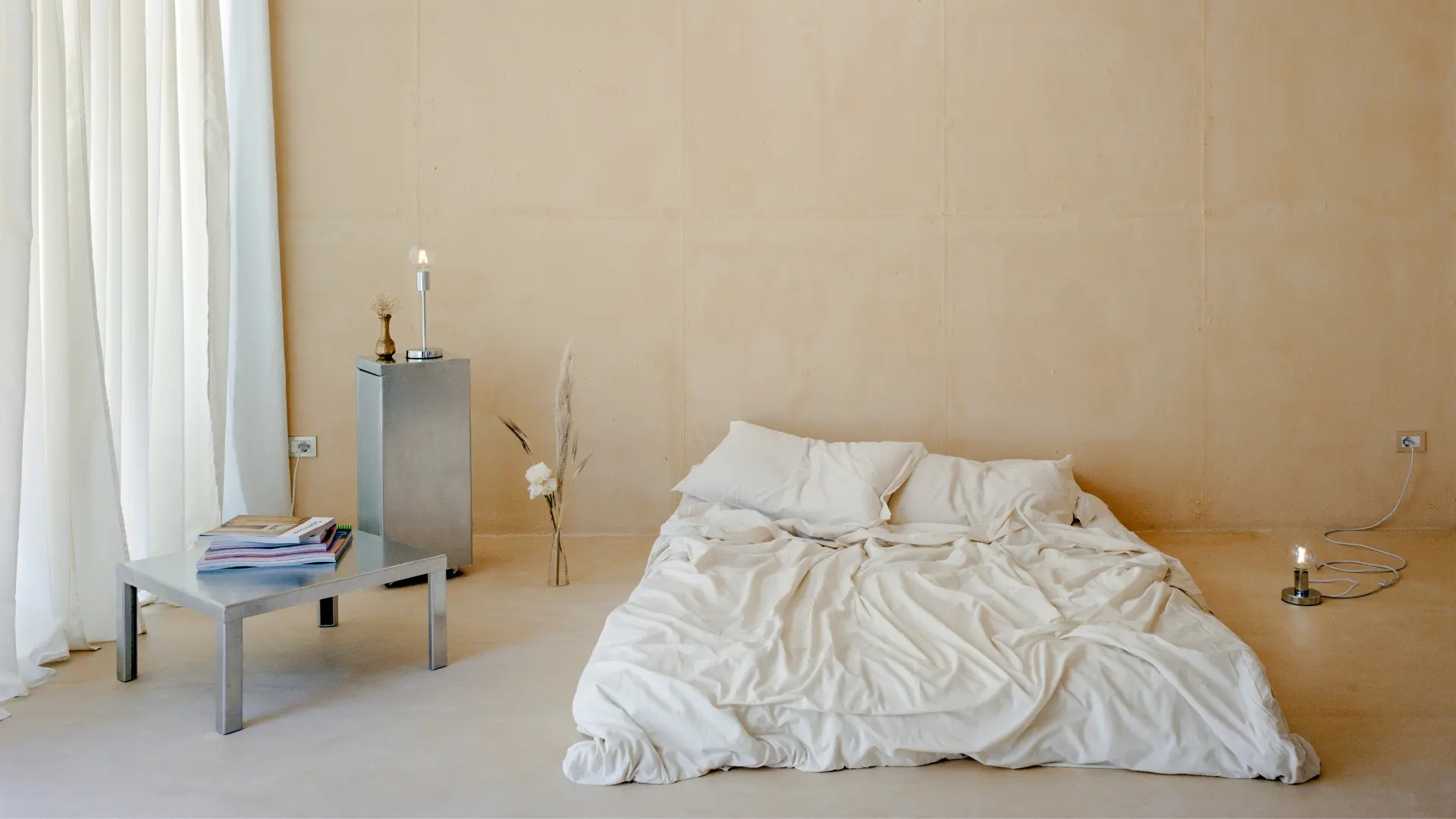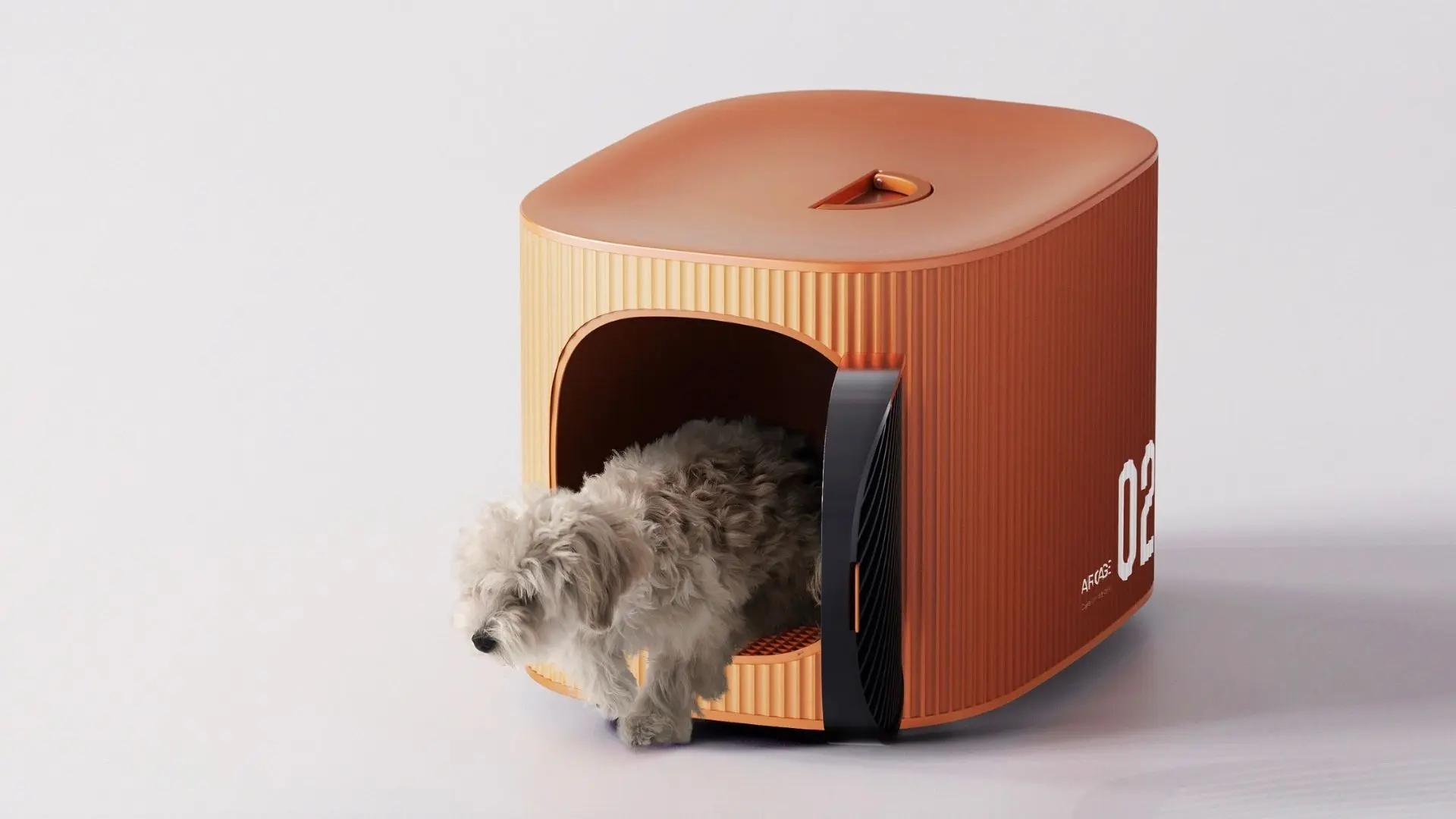Is Art Nouveau making a comeback? Here’s a design guide, just in case
An iconic movement that combined luxurious lines and organic forms at the turn of the 20th Century. Here’s our guide to the flourishing trend that’s flourishing again.

Based on your reaction to a few posts we have shared recently, we noticed a great interest in Art Nouveau.
From the 1 million people that follow us on Instagram and Facebook, over 145’000 liked the pics of a striking facade in Brussels, Belgium, built by Ernest Delune in an Art Nouveau style for a Viennese stained glass craftsman, and an exuberant storefront in French town of Douai designed by Albert Pèpe in 1906.
Over 1’400 people commented on these posts, sharing them over 8000 times.
Yes, we know, likes and comments don’t make good design, but it’s a good trend indicator.
What is Art Nouveau? Is it making a comeback?
Not limited to dazzling storefronts, Art Nouveau was an artistic movement that flourished in Paris in the 1890s, touching everything from architecture and design to the decorative and fine arts.
If you’ve ever been to the city of love then you’ll recognise the sinuous lines and “whiplash” curves, both ornamental motifs synonymous with the style.
With its organic forms, feminine figures, and patterns inspired by nature, it championed a greater coordination of art and design as a reaction against the industrial age.
It’s the movement that led to Antonio Gaudi’s extreme shapes, inspired René Lalique’s unique jewellery designs, and inspired Louis Majorelle’s embellished furniture.
The advent of Art Nouveau finds its origins in two distinct influences.
The first is the British Arts and Crafts movement, also a reaction to the Industrial Revolution that focused on artisanal craftsmanship and drew inspiration from nature.
The second was the current ukiyo-e movement, an elaborate process of creating woodblock prints that found popularity thanks to increased communication between Asia and Europe.
These prints often contained bulbous forms and the popular “whiplash” curve came to define the Art Nouveau movement.
Fast-forward to 2020 and Art Nouveau might be having a comeback.
They say history repeats itself and in the case of design trends, Art Nouveau is capturing attention with its familiar forms that interwave a warm nostalgia for the previous century.
It makes sense that in the current climate people are hungry for flourishes in place of the sleek and often flat design aesthetic dominating recent years.

After all, this trend was a response to industrialism and what are we now if not in a stage of digital industrialism.
Technology is overwhelming us and art nouveau is offering beautifully detailed relief.

How to create the Art Nouveau style
1. Ornamentation is key!
More is more, nothing is too utilitarian to be beautified.
This type of art is an elaborate aesthetic showcasing floral patterns, curves, linear designs, and elegant silhouettes, among other characteristics.
2. Forget geometry, go organic
For a while now, the geometric lines of Art Deco, modernism and minimalism have dominated taste.
Not anymore! It’s all about long, organic lines.
From the curvy, sinuous and more luxurious to the conservative and more linear rules.
3. Pick a muse from your natural surrounding
Anything from flowers and leaves to birds and insects, it often takes the form of flower stalks and buds, vine tendrils, insect wings, and other delicate and sinuous natural objects.
4. Merge ornament and structure
Art Nouveau embodies a synthesis of ornament and structure, conveying a strong sense of materials but structurally elemental.
Embrace modern materials and technologies, while retaining craftsmanship and authenticity.
Discover how Art Nouveau principles are being integrated into contemporary interiors, don’t miss Nature-inspired wallpapers bringing happiness and wellbeing indoor.

5. Be exquisite in your decorative style
Create patterns, linear rhythms, and highlight intricacies; remember, if your chosen muse is a bird, go for the feathers, and if it’s a butterfly respect the intricate lines and complex pigments of its wings.
6. It’s all about that ‘greenery yallery’
Art Nouveau schemes are quite muted and sombre.
The correct word to describe this Aesthetic Movement staple is Greenery-Yallery, defined by the designers fondness for subtle, secondary colours.

7. Be liberal with your materials
This art is the result of a liberal combination of materials.
Ironwork, steel, glass, ceramic, brickwork and wood come together in unique and unified designs.
8. Bonus: mix it with another style
Art Nouveau is appreciated for its extreme language that demands artistic freedom, which lends itself perfectly to other styles.
Just look at how it took on new life during the sixties after the drab post-war years were over and psychedelic artists found happiness in the liberty of colour and design.
One thing to keep in mind when bringing Art Nouveau to the 21st century
Whilst Art Nouveau is famous for its feminine figures, most often nude, with flowing hair and a seductive gaze, this artistic trope is today an outdated one.
It reflects on the highly chauvinistic society at the time, placing women on pedestals and treating them merely as decorative objects.
The prevalence of women in art, especially through ‘Jugendstil’ styles of advertising, can also be seen as an act of exploitation.
Find your daily inspiration by following these Instagram accounts
Still, Art Nouveau remains an expression of design that is highly sought after, whether it be through architecture, furniture, jewelry, or even poster design.
Helpfully, we’ve compiled three of our favourite Instagram accounts you should follow to keep abreast with this comeback style.
- The World Art Nouveau – @theworldartnouveau
- Art Nouveau Lovers – @artnouveaulovers
- Art Nouveau Week – @artnouveauweek
Interested about contemporary Art Nouveau designs? Check out Exhale, the world’s first living Bionic Chandelier which purifies indoor air.









